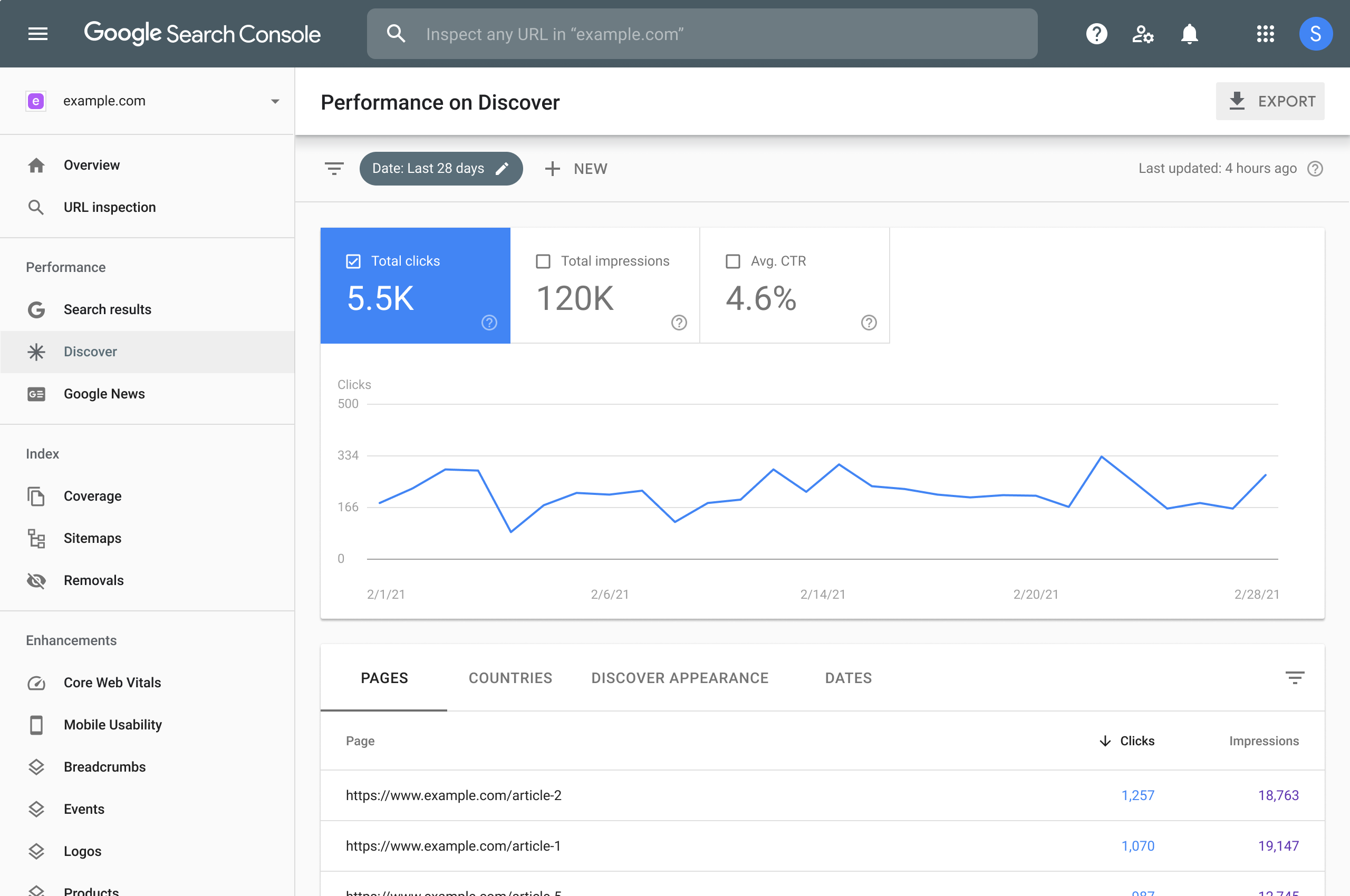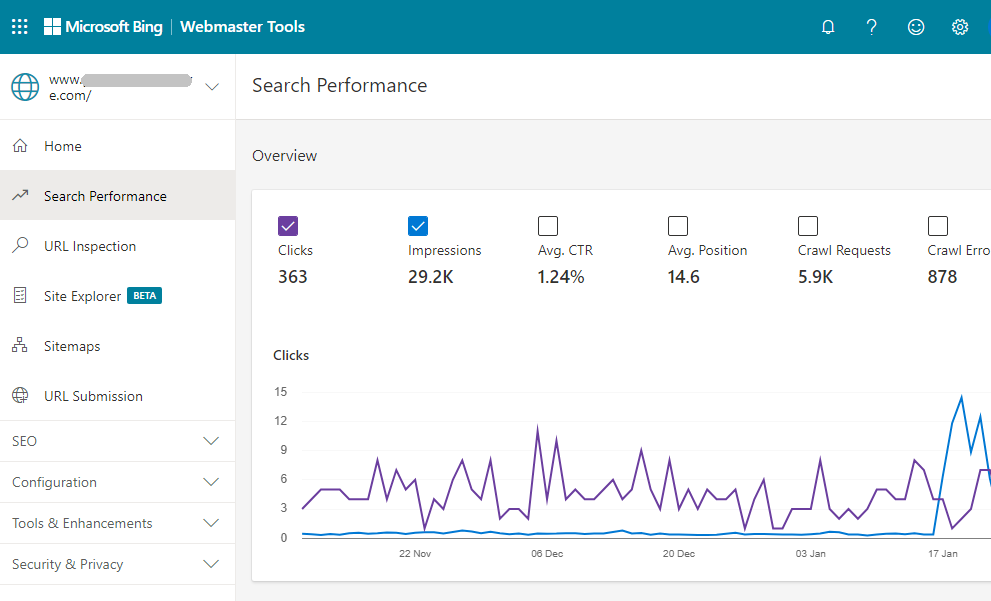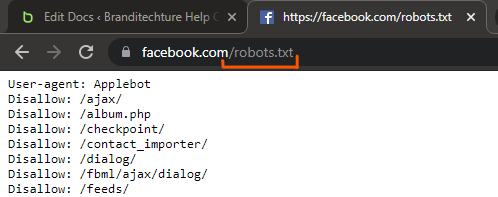Getting found on Google should be an essential component of almost every business’s marketing strategy today, and search engines like Google have been the most cost-effective source of free quality website traffic.
Our SEO service is a meaningful way to help your businesses grow.
If your business relies on getting found on Google, Yahoo, and Bing then we will help your visibility and rankings on search engine result pages.
We would like you to admit that SEO is a long-term strategy, but we can guarantee you that the returns are extremely enormous. That being said, we would gladly collaborate with you throughout this journey and to the very end of your SEO campaign.
We’ve broken this checklist down into sections that cover the five main focus areas of SEO;
- The Basics
- Keyword Research
- Technical SEO
- On-Page SEO and Content
- Off-Page Factors
The Basic SEO Checklist
If you don’t get the basics covered, your site will struggle to rank for competitive keywords. We would also be unable to measure your growth. So, this Basic Checklist is arguably the most important step.
Step 1. Google Search Console and Bing Webmaster Tools Setup
The Google Search Console (or GSC) is an essential tool that provides us with highly valuable insights into your website’s performance on SERP as well as a wealth of data and suggestions that we can use to grow your site’s search engine visibility and traffic.

Google Search Console
Microsoft Bing Webmaster Tools (or BWT) is the equivalent platform of Google’s Search Console. Similar to GSC, it helps by providing data and insights for its search engine.

Microsoft Bing Webmaster Tools
Step 2. Google Analytics Setup
While Search Console gives data on website performance on search engine result pages, Google Analytics is a free marketing analytics tool that allows us to view data and insights about how people are visiting and using your site.
With Google Analytics, we can help you collect the following data of your users;
- Geographic location & Language
- Age, Gender
- Time of visit, pages visited, and time spent on each page of the webpages
- Realtime stats of how many people are currently online on your website and what pages they are viewing
- User journeys on your website from entry to exit
- Search queries
- Referring site details (such as the website a user came through to arrive at yours)
- Type of web browser
- Type of operating system (OS)
- Specs of device used (e.g device type, screen size, resolution, e.t.c)
The Google Analytics app is also available on mobile devices;
Step 3: Installation and Configuration of an SEO Plugin
WordPress now powers over 40% of the entire web, and one of the many good reasons why it is our go-to technology stack for building websites is due to its superficial SEO extensibility. If we built your website, there is a very good chance that we used WordPress 😉.
We install and configure SEO plugins to help sustain our SEO strategy. SEO plugins also provide you with an interface that guides you on the best practices to keep your future content optimized for search engines.
SEO Plugin installation and configuration is not limited to WordPress, we can also install them on Shopify and Joomla.
Step 4: Sitemap.xml Generation and Submission
The purpose of a sitemap is to help search engines decide which pages should be crawled and indexed on search engines. Pages (or better, URLs) that are excluded from the sitemap.xml file may be excluded from search engine results.
Simply put, a sitemap.xml file contains a list of URLs that specify your site’s main content to make sure that it gets crawled and indexed on search engines.
After generating a sitemap of your website, we would then submit it to search engines such as Google and Bing.
According to Google;
A sitemap tells the crawler which files you think are important in your site, and also provides valuable information about these files: for example, for pages, when the page was last updated, how often the page is changed, and any alternate language versions of a page.

Step 5: Robots.txt file Setup
Robots.txt is a file that tells bots and spiders such as Google bot, Bing bot and other search engine crawlers what pages and files they can or can’t request from your site.
The robots.txt file is usually placed in the root of your website. To find out if your website has a robots.txt file, we would usually enter the web address in this format; https://yourwebsite.com/robots.txt

Robots.txt file of Facebook
Step 6: We Check Your Google Search Console for Any Manual Actions
In Google’s words;
If a site has a manual action, some or all of that site will not be shown in Google search results.
So we would basically just check your GSC to find out if your website has any manual actions issued against it.
What is a manual action?
Google issues a manual action against a site when a human reviewer at Google has determined beyond reasonable doubt that some or all pages on a certain website do not comply with Google’s webmaster quality guidelines. Most times, manual actions are used to tackle attempts to manipulate the Google Search indexing algorithm using illicit techniques, but it can also happen to you if your website is infected with a virus or malware.
Step 7: We Check Again for Indexing Errors
It is not so uncommon for a website to encounter indexing issues with Google. One of the few reasons could be as a result of mistakenly leaving the “noindex” tag on a webpage that is intended to be indexed when moving a website from a test environment to a production environment. We use specialized tools to do a complete website audit just to be sure that all your website pages can be crawled and indexed.
NOTE: Following industry best practice, we would intentionally exclude some pages from being indexed to avoid the potential dilution of your search engine ranking. To do this, we simply remove them from the sitemap.xml file to avoid triggering indexing errors in Google Search Console. Examples of such pages include your Terms and Conditions page, Privacy Policy or Cookie Policy page e.t.c. You can trust us to handle this properly.
The Keyword Research Checklist
Keywords are phrases and words that define what the whole of your website is about. They make the most important part of the words and phrases that searchers enter into search engines. Keywords help your website to show up in SERPs for the right search term.
But on SERP, it is very common that thousands of websites are competing with your little new website over the same keywords, of which some of those websites are a high-authority powerhouse (e.g BBC, CNN, Tesco, HomeDepot, Washington Post, eBay, Amazon, Jumia, Jiji.ng, Aliexpress e.tc.). This might make ranking for such keywords difficult or nearly impossible. This is where keyword research comes in.
The idea behind keyword research is to get low-difficulty keywords with a high traffic potential so that when searchers use that keyword in their search query, your website appears among the top results on the first page of Google.
Here is a checklist of the fundamental keyword research tasks to ensure success from our SEO efforts.
